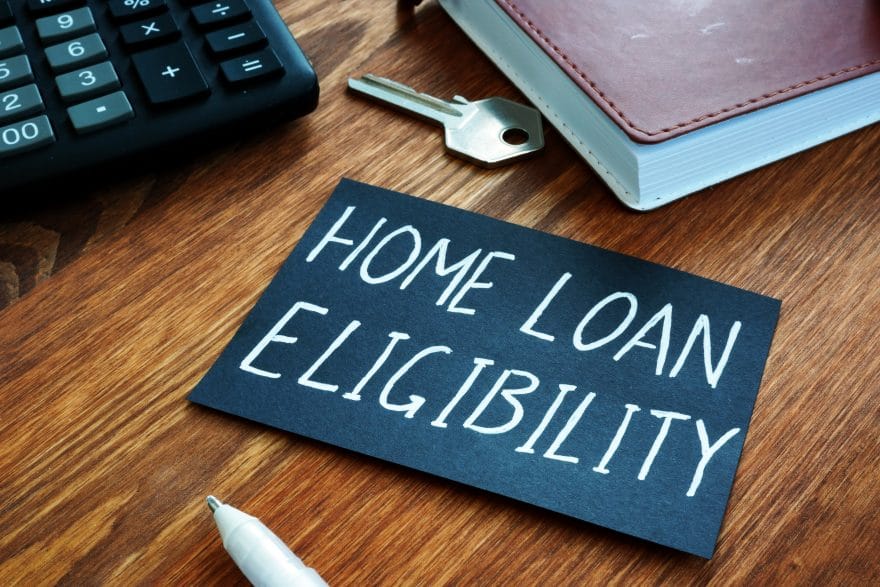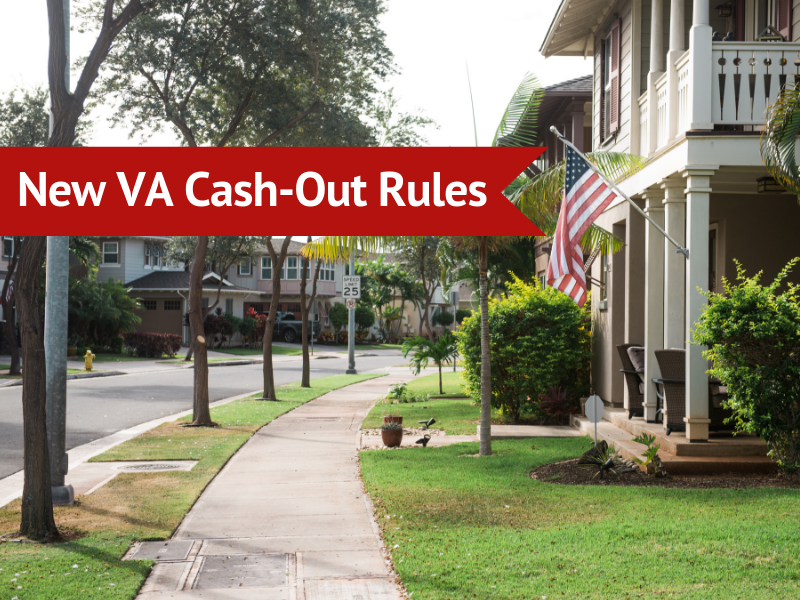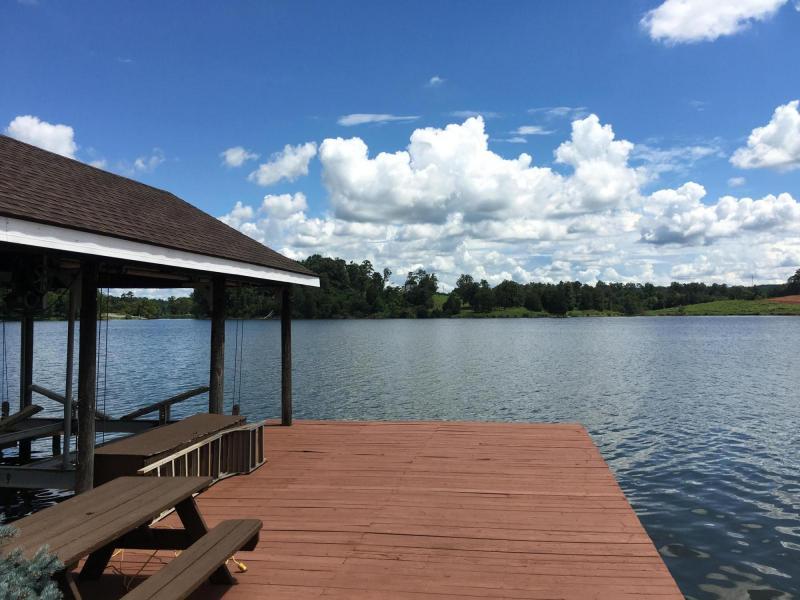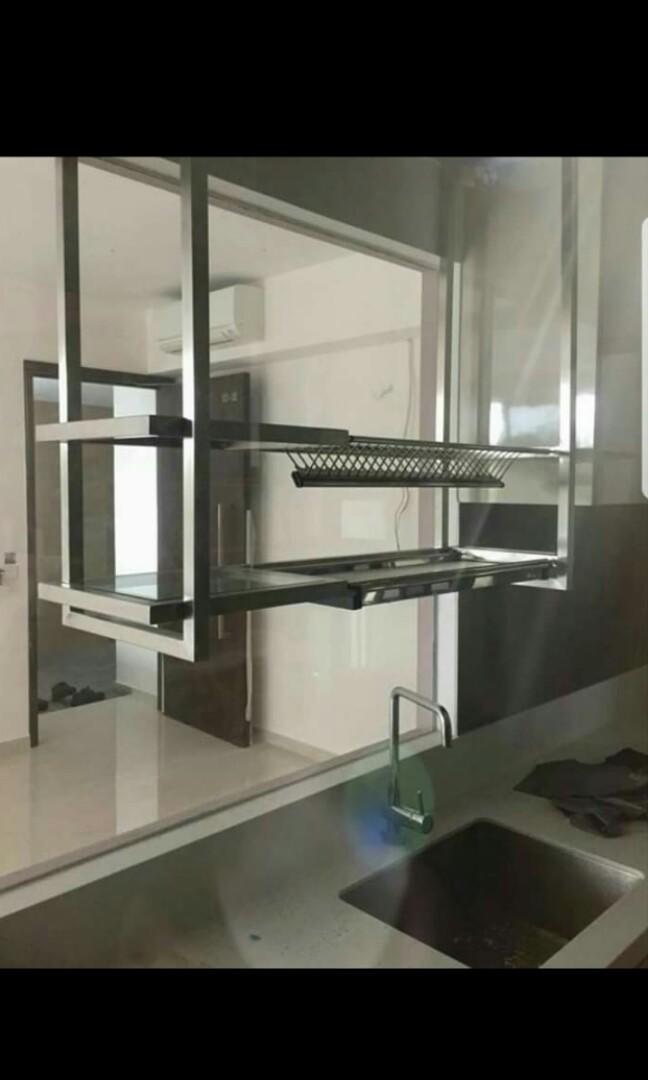Table of Content
In many cases, assuming the existing VA loan is beneficial because VA loans often come with lower interest rates and lower fees than other loan types. After one year of occupying the home you can plan to rent your property and hold it now as an investment property. You cannot use VA financing for investment properties or second homes. However, after living in the property for the required amount of time, you can use the home as you see fit and rent it out or sell.
Visitors with questions regarding our licensing may visit the Nationwide Mortgage Licensing System & Directory for more information. Actual payments will vary based on your individual situation and current rates. The VA requires the borrower to certify their intent to occupy on two documents. For example, a veteran who buys a home with a VA loan and then gets transferred overseas can rent out the home and still refinance that existing mortgage based on prior occupancy.
VA Home Loans
This would make the home an income property, which would be a breach of the mortgage contract. That means VA borrowers must certify they intend to occupy the purchased property as their primary residence after closing. So, if you're looking to purchase a vacation home or plan on renting the entire property, this isn't the program for you. A VA Interest Rate Reduction Refinance Loan only requires the borrower to certify that the home was their primary residence during the original VA mortgage. These loans are designed to help with lower interest rates, lower payments and a few other palpable pluses.

There are also some unique situations where the spouse of a veteran can fulfill the requirement if employment issues are making reasonable occupancy difficult. Essentially, homebuyers have 60 days, which the VA considers a “reasonable time,” to occupy the home after the loan closes. Typically, homebuyers have 60 days from closing to occupy a home purchased with a VA loan. However, the VA does allow homebuyers in certain situations to go beyond the 60-day mark, potentially extending up to one year.
Occupancy Expectations
Realtor.com is hosting and helping to administer and promote the sweepstakes. Get a Quote A VA approved lender; Not endorsed or sponsored by the Dept. of Veterans Affairs or any government agency. VA also allows for what's known as intermittent occupancy, which allows qualified buyers to obtain a loan even though they're not living at the property every single day. If you think you might have difficulty occupying a home within 60 days of closing, let your loan officer know as soon as possible.

The VA does not have a rule specifing how long you must occupy a rental before you can refinance — and potentially rent the property. For IRRRLs, the VA says that a homeowner must only prove that they have been living in the home. This makes occupancy for a VA refinance much less of an issue than for VA home loans. What is the VA lender instructed to do if there IS a reasonable doubt?
Learn More
If you are on duty or away from your permanent location, your spouse can occupy the home. Fortunately, your spouse living in the home will satisfy the VA loan occupancy requirement. Also, if the VA home buyer is no longer in the military but is temporarily away for work reasons, a spouse or dependent child can also satisfy the occupancy requirement. Also, occupancy must be met within “reasonable time,” which in most cases means 60 days.

But the issue of occupancy is important, not to mention often confusing, especially for first-time home buyers. There must be no indication that the Veteran has established, intends to establish, or may be required to establish, a principal residence elsewhere. This two-month moving window is "reasonable time," according to the VA.
Rocket Mortgage
Like most government-backed loan products, VA loans focus on helping homebuyers purchase primary residences, not vacation and rental properties. The VA enforces this through VA loan occupancy requirements, with notable exceptions for certain rental properties and streamline refinancing. VA loan occupancy rules state that VA loans can only be used for primary residences. For example, it would not be possible for a Veteran to retain ownership of the property while living elsewhere and renting the property to the civilian spouse.
Occupancy does not necessarily mean you are physically living in the home on a daily basis. A primary residence is basically, in the eyes of the Department of Veterans Affairs your home address where you get your bills, your personal mail, etc. A licensed real estate agent and former loan originator and attorney, Samantha has insider experience dealing with VA loans, from initial application and contracts to loan funding. Answer a few questions below to speak with a specialist about what your military service has earned you. It's possible to have a VA loan for rental property, such as duplex or four-plex, if the borrower occupies one of the units. Retired military pay, VA disability pay, federal retirement and Social Security payment increases coming in 2023.
If you are entitled to VA loan benefits, and your spouse is a civilian, you can remove your spouse from that loan through a refinance of your existing mortgage. In many cases, VA borrowers can use the VA’s IRRRL refinance, also known as a streamline refinance, to minimize the time, expense, and paperwork required. The first thing to know about VA home loans is that the property you purchase must be a primary residence. Vacation homes or rental properties don’t qualify for a VA home loan, as they are secondary homes. The VA also states that homebuyers must move into their purchased home within sixty days of closing. VA lenders will use their best judgment to ensure the loan borrower meets the VA loan occupancy requirements.

Some active military members are VA loan eligible but are on active duty and away from their place of permanent residence. If this is the case, the spouse or dependent child of the VA member can occupy the house and satisfy the occupancy requirement. As a VA homebuyer, you must live in your house for at least 12 months to fulfill VA occupancy requirements. There's no hard and fast rule from the VA, but your lender will require you to sign mortgage documents indicating you plan to live in the home as your primary residence. If you think you'll meet the occupancy requirements, the first step in the VA loan process is to shop around for a lender. We make the process easy by matching you with up to five lenders for rate quotes - no obligations or credit checks required.
The VA occupancy rules do apply for certain refinance loans, but not all. A VA cash-out refinance mortgage does require a new appraisal and a credit check. Also, it requires the borrower to certify occupancy for the new loan. VA loan rules also permit non-VA borrowers to apply with the veteran for a “joint loan”. The military member’s VA loan entitlement is charged for the veteran’s share of the mortgage only. Any non-VA borrower on such a joint loan is not required to meet the occupancy requirements because the non-VA borrower isn’t using the VA loan benefit and is therefore not subject to the same rules.
How to secure a VA loan and all of the benefits that go along with it in an easy, step by step guide for active duty... If you are deployed after purchasing your home, your occupancy status is not affected by the deployment. You are considered to be in a “temporary duty status” and are able to provide a valid intent to occupy certification.
Occupancy Interrupted by Military Service
For this to happen, a careful evaluation of the veterans’ income will be necessary, as will a specific date of retirement within the next 12 months. Without exception, servicemembers who are deployed from their duty station are allowed to purchase a property in their place of permanent residence. This is because they are considered to be in temporary duty, and their place of permanent residence remains constant during this. If you’ve made arrangements with your lender to fix or improve a home in order to meet MPRs, the VA allows you to occupy the home after the repairs have been made.

Your loan officer should be able to answer all your questions about VA loans and guide you through the process. When VA occupancy rules refer to “reasonable time,” they mean within 60 days. A veteran’s distant non-military government employment prevents them from personally occupying their dwelling within a reasonable time, so their spouse moves in. Active duty orders prevent a veteran from personally occupying their dwelling within a reasonable time, so the veteran’s spouse or qualifying dependent child moves in. Here’s what you should know about occupancy requirements before you apply for a VA home loan.
























